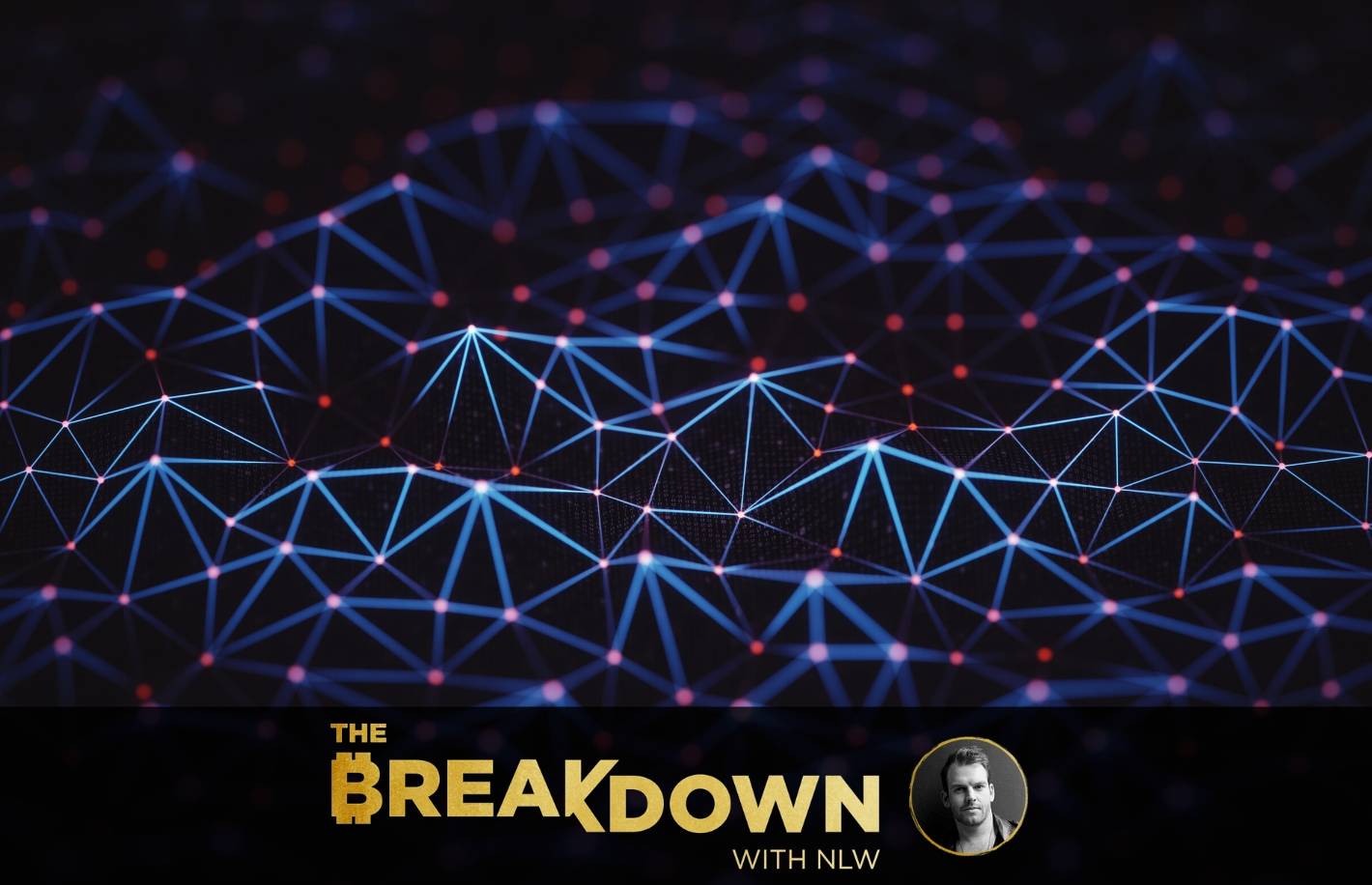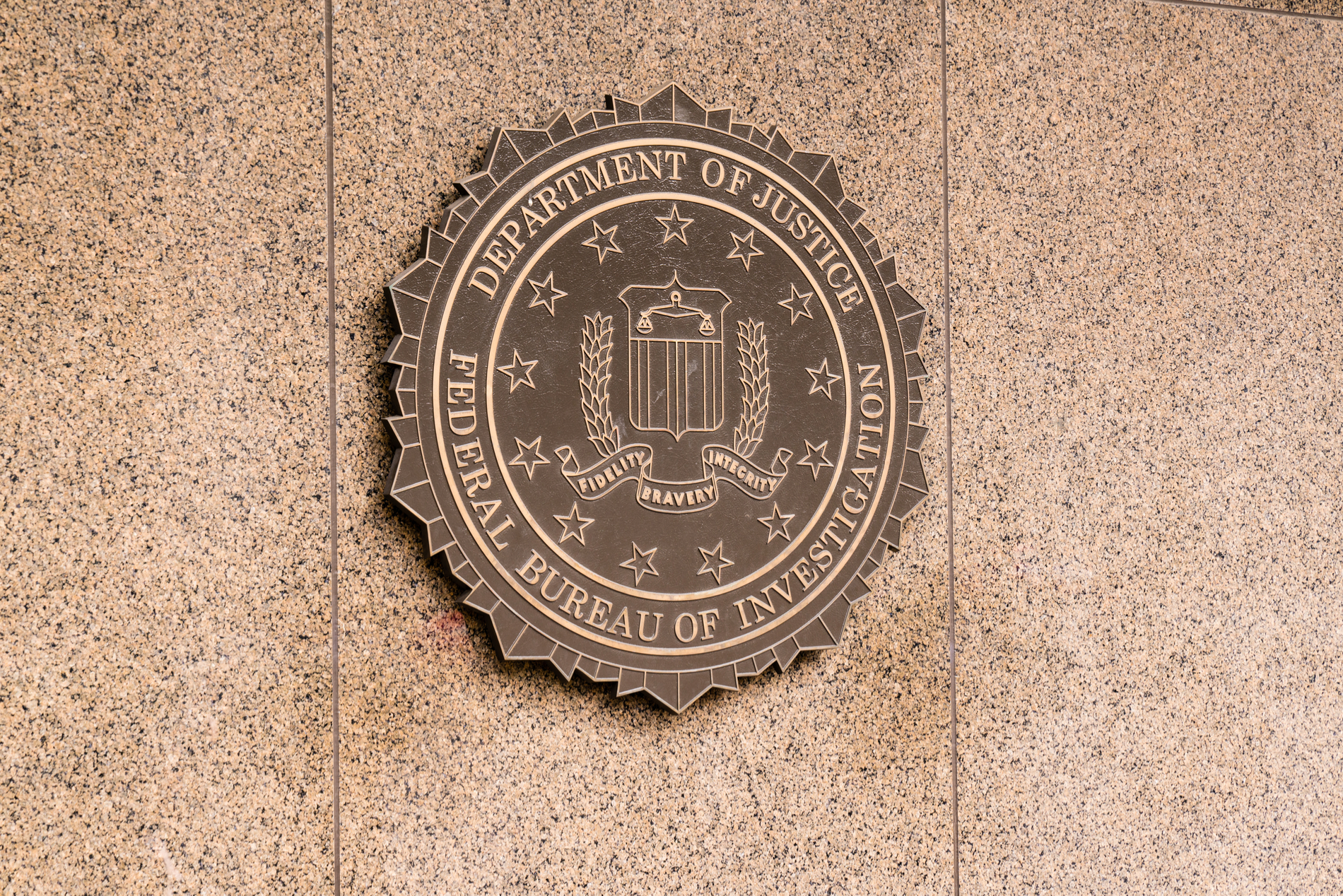Blockchain vs. Transfer Agents: A Call for Genuine Market Innovation
The two most popular tokenized money market funds today, according to the latest data from rwa.xyz, are BlackRock’s $BUIDL and Franklin Templeton’s $FOBXX. Collectively, they are nearing $1 billion in assets, largely from investors excited to access the benefits of a blockchain-enabled financial product.
While these products introduced an important innovation into the market, they also expose a duplicity prevalent in today’s tokenized fund and digital asset market infrastructure: Projects touting blockchain innovation are partnering with traditional transfer agents, creating redundant systems by not utilizing blockchain technology to its fullest capabilities.
The question that needs to be asked is what’s the difference between a digital asset and a digital receipt? A digital asset is blockchain native when it exists on a public blockchain, which serves as the source of truth and records ownership of the actual asset. In contrast, a digital receipt is merely information printed on a blockchain where the blockchain is not the source of truth.
The fundamental difference to understand is the source of truth. This distinction is essential as it directly impacts the true progress of blockchain-based financial ecosystems.
Enabling an ecosystem where digital assets can be issued natively onchain is crucial to advancing trends such as tokenization and truly innovating financial markets. But for this to occur, blockchain technology needs to replace redundant legacy constructs such as transfer agents.
What’s the difference between a digital asset and a digital receipt?
Transfer agents – banks, trust companies, or other financial institutions – have managed investor records and transactions since the 1970s. While they alleviated paper-based inefficiencies in their time, they now represent an outdated middleman. Transfer agent-based market infrastructure is the exact type of anachronism that having securities exist onchain (i.e. tokenization) is meant to eliminate.
Despite this, a majority of blockchain-enabled infrastructure solutions currently in the market deploy a hybrid transfer agent and blockchain model. The transfer agent manages security certificates of ownership as the single source of truth, and those records are then mirrored onto the blockchain, providing a digital receipt of ownership.
Mirroring transfer agent records on the blockchain is a costly duplication of effort that reintroduces complexity and inefficiency into market infrastructure. Why do we still use transfer agents if blockchain can fulfill that role – i.e. the record of the source of truth of ownership of that asset – more efficiently? This redundancy undermines the very benefits blockchain aims to provide such as transparency, speed, and efficiency.
Authentic blockchain-enabled market structure promises transparency, tamper-proof records, reduced costs (as compared to doing both blockchain and security certificates) for the issuer and the end customer, and smart contracts that execute automatically under predefined conditions. This brand of innovation renders traditional transfer agents obsolete, as blockchain verifies and validates securities ownership.
For blockchain technology to truly innovate financial market infrastructure, we must develop technology from the ground up that uses new means of efficiency (i. e. blockchains ) to introduce efficiencies into traditional securities processes. This shift empowers the tokenization of real-world assets, enables the direct issuance of securities onchain, and unlocks a more efficient, transparent market structure.
Blockchain can revolutionize financial market infrastructure, but only if the industry is being honest about what is real and what is not. Half-measures are merely facades masquerading as innovation. They are a sign of market stagnation rather than progress.
To drive genuine innovation, we must move beyond these outdated practices and fully commit to blockchain’s transformative potential.
A digital receipt is not a tokenized asset, rather a marketing exercise mimicking the source of truth.
Note: The views expressed in this column are those of the author and do not necessarily reflect those of CoinDesk, Inc. or its owners and affiliates.
Edited by Benjamin Schiller.
Disclosure
Please note that our
privacy policy,
terms of use,
cookies,
and
do not sell my personal information
has been updated
.
CoinDesk is an
award-winning
media outlet that covers the cryptocurrency industry. Its journalists abide by a
strict set of editorial policies.
In November 2023
, CoinDesk was acquired
by the Bullish group, owner of
Bullish,
a regulated, digital assets exchange. The Bullish group is majority-owned by
Block.one; both companies have
interests
in a variety of blockchain and digital asset businesses and significant holdings of digital assets, including bitcoin.
CoinDesk operates as an independent subsidiary with an editorial committee to protect journalistic independence. CoinDesk employees, including journalists, may receive options in the Bullish group as part of their compensation.
:format(jpg)/s3.amazonaws.com/arc-authors/coindesk/2596bb7a-aaab-4c23-824d-f7eeaa2d3eee.jpg)
Aaron Kaplan is the co-CEO of Prometheum Inc. Its affiliates Prometheum ATS and Prometheum Capital offer and end-to-end, blockchain-enabled ecosystem for the trading (Prometheum ATS) and clearance, settlement, and custody of digital asset securities (Prometheum Capital).









